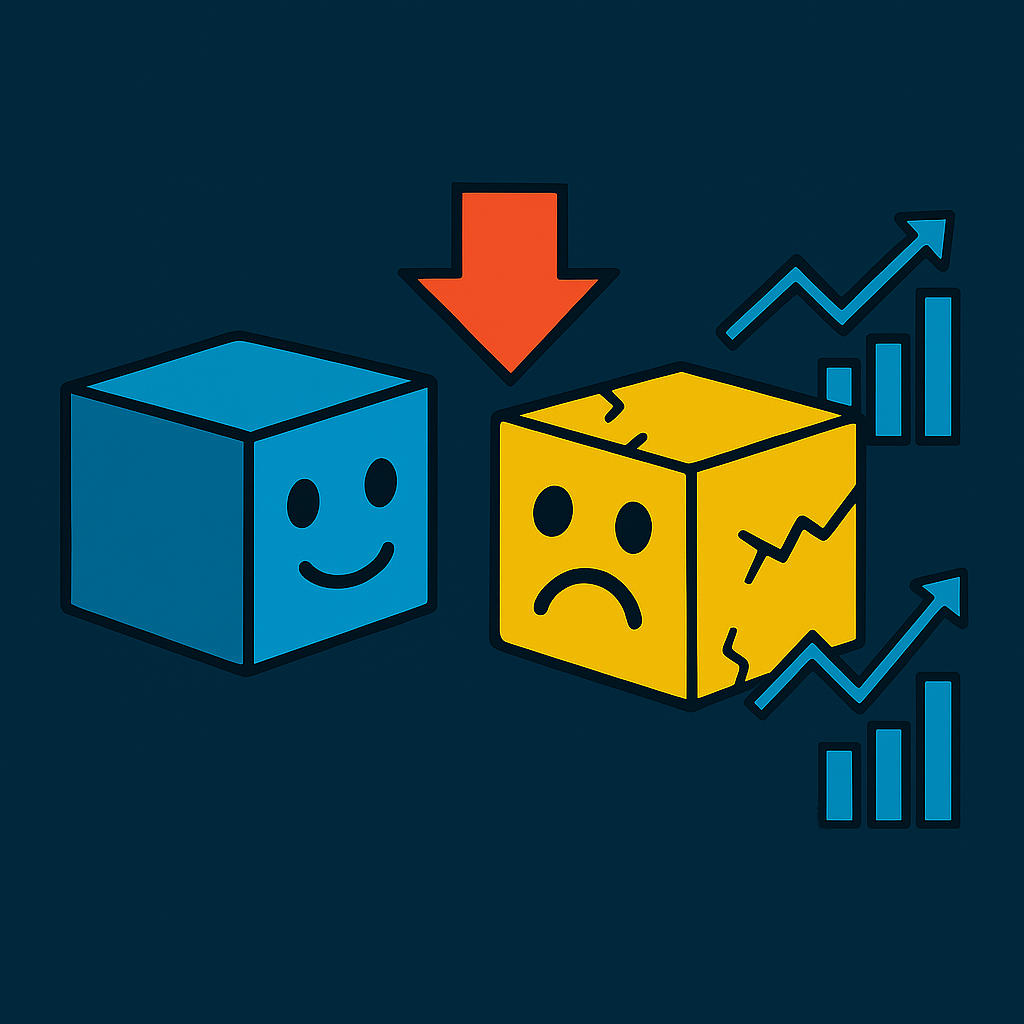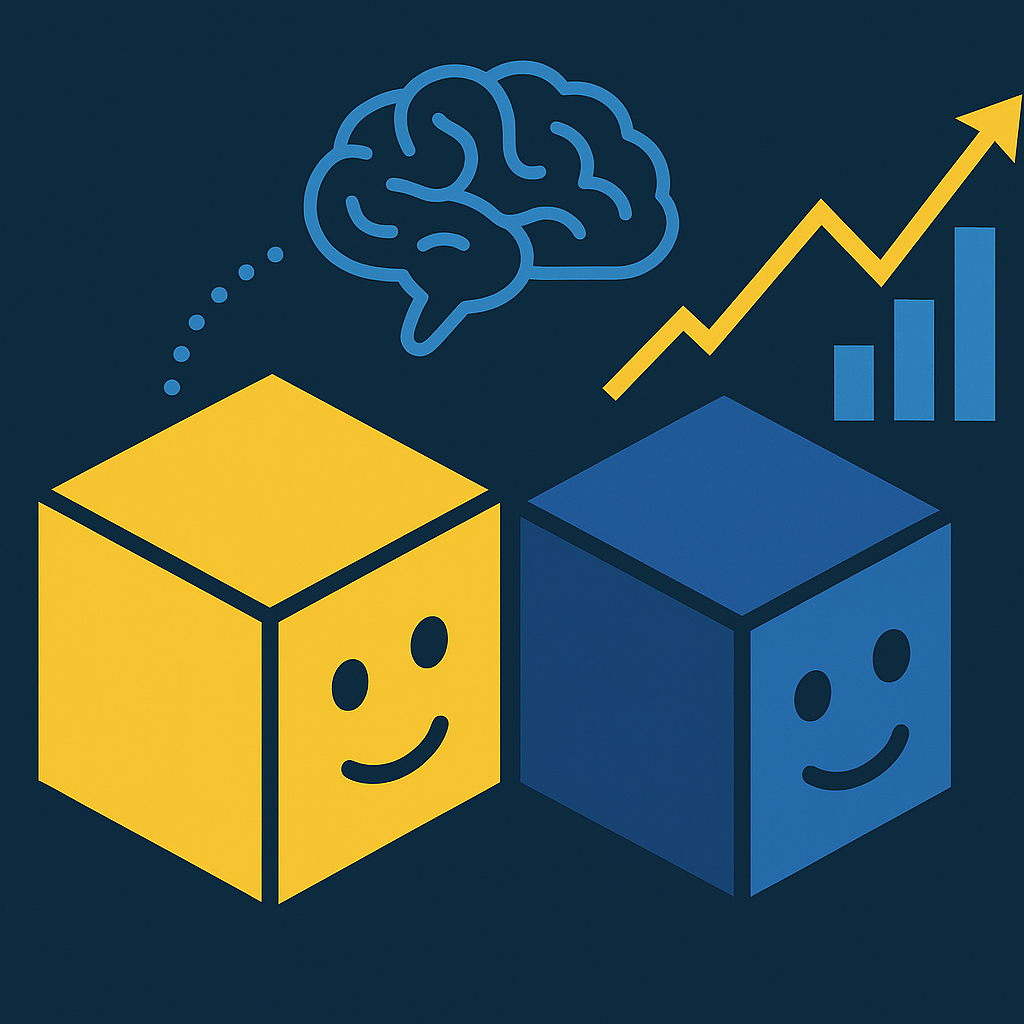
In the world of automated trading, the most successful robots are often singled out: those that top the rankings, show steady growth, and earn good ratings on metrics like the TradEAsy Score. However, there’s another, equally valuable aspect that’s often overlooked: strategies that haven’t performed well.
Far from being a simple “failure,” a strategy with poor results is a great opportunity for learning. These cases allow us to understand what mistakes were made and how they can be avoided in the future when designing new robots.
Why do some automated strategies fail?
There are several common reasons:
- Ineffective filters that do not select market opportunities well.
- Poorly calibrated stops, which allow large losses or close trades too early.
- Theoretical ideas without real support, which seem promising but do not work in the face of real price behavior.
One of the most common mistakes is overfitting the robot to historical data. Many traders repeatedly modify parameters to achieve a perfect backtest, without verifying whether the result has a solid statistical basis. The problem arises when the market changes and the robot, which seemed successful, cannot adapt.
It’s also common to see strategies that overtrade, generating many small trades. This not only increases commission costs but also reduces overall profitability. In other cases, the approach is overly simplistic, such as trading only moving average crossovers, without filters to help avoid false signals.
What is the real value of these failed strategies?
The real learning comes from analyzing in detail why they didn’t work:
- Was the entry inaccurate?
- Was the risk poorly managed?
- Were factors such as volatility or market trends missing?
Studying these cases also helps us understand the limits of certain ideas. What works in manual operations, where there is intuition and experience, cannot always be translated into an automated system, which requires clear and repeatable rules.
At tradEAsy, we also learn from mistakes
At tradEAsy, we believe that well-analyzed mistakes are as valuable as successes. Therefore, we recommend including the study of underperforming robots as part of the learning process. Every strategy that fails to perform well can be the basis for an improved version: more coherent, more robust, and more adaptable to the real market.
Check out tradEAsy’s quarterly ranking!!


